Appropriate amount of Acreage?
nowater
13 years ago
Related Stories
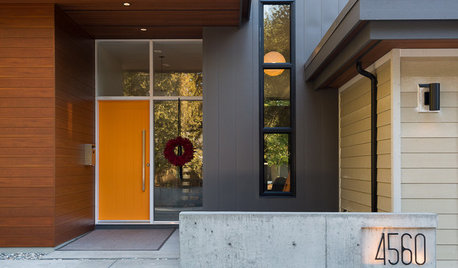
CURB APPEALEntry Recipe: Low-Maintenance Meets Contemporary Curb Appeal in Canada
A neighborhood-appropriate mix of textures and colors invites visitors to linger as they approach
Full Story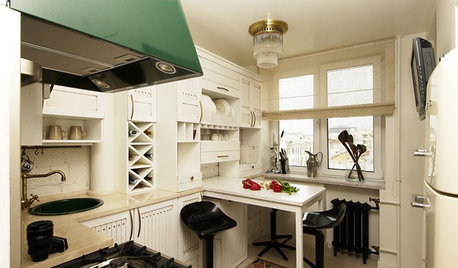
KITCHEN DESIGNKitchen of the Week: Preserving Traditional Flavor in Moscow
A tiny Russian kitchen gets an era-appropriate update that's sensitive to its history but makes better use of the space
Full Story
SMALL SPACES11 Design Ideas for Splendid Small Living Rooms
Boost a tiny living room's social skills with an appropriate furniture layout — and the right mind-set
Full Story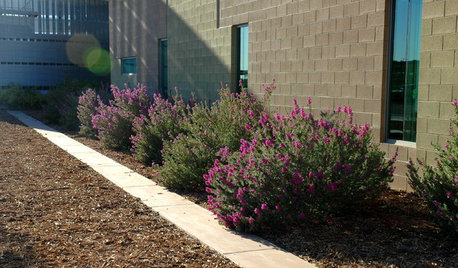
GARDENING GUIDESHow to Avoid Overcrowded, Overpruned Shrubs
Go for a more natural look that’s easier and less expensive to maintain by giving your plants the right amount of growing room
Full Story
BUDGET DECORATING8 Cost-Effective Ways to Get a High-End Look
Don’t discount that expensive material yet. By using a small amount in a strategic way, you can get a luxurious look without the expense
Full Story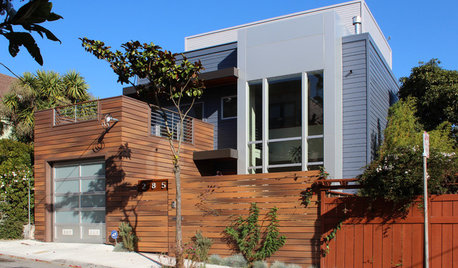
MATERIALSShould You Use Composite Timber in Your Landscape?
This low-maintenance alternative to wood is made from varying amounts of recycled plastic. Consider it for decks, fences and more
Full Story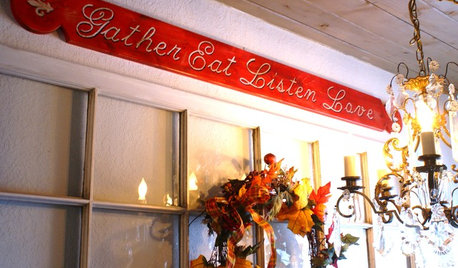
DECORATING PROJECTSHave Your Say With a DIY Decorative Sign
Express your thoughts in just the right amount of space with a hanging sign you easily make yourself
Full Story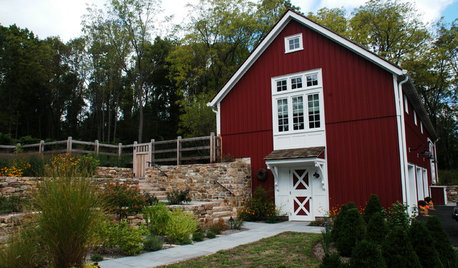
HOUZZ TOURSHouzz Tour: Farmhouse Meets Industrial in a Restored New Jersey Barn
Amish craftsmen, trusting clients and an architect with a vision save a historic barn from a complete teardown
Full Story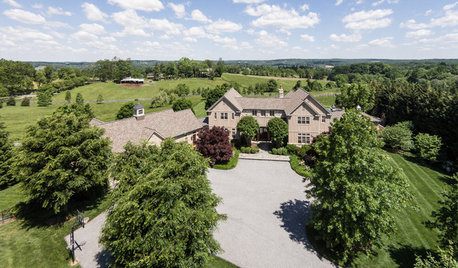
HOME TECHThe Inevitable Future of Drones Around Your Home
As Google joins the push for airborne deliveries, it seems only a matter of time before neighborhoods are buzzing with drones. Is that OK?
Full Story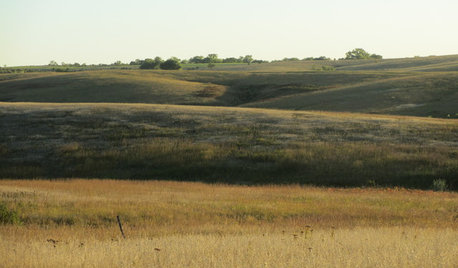
GARDENING GUIDESHow to Get Your Prairie On
Have a field day with your landscape, even if you've got just a few modern containers on a paved path
Full Story





nowaterOriginal Author
oregonwoodsmoke
Related Professionals
Otsego Landscape Architects & Landscape Designers · Arlington Landscape Contractors · Bellefontaine Neighbors Landscape Contractors · Choctaw Landscape Contractors · Fort Wayne Landscape Contractors · Franklin Landscape Contractors · Galveston Landscape Contractors · Lemont Landscape Contractors · Palos Verdes Estates Landscape Contractors · Pompano Beach Landscape Contractors · San Rafael Landscape Contractors · Sugar Hill Landscape Contractors · Tavares Landscape Contractors · Maplewood Landscape Contractors · Oakville Siding & ExteriorsMomothegardenhoe zone 5, Central NY